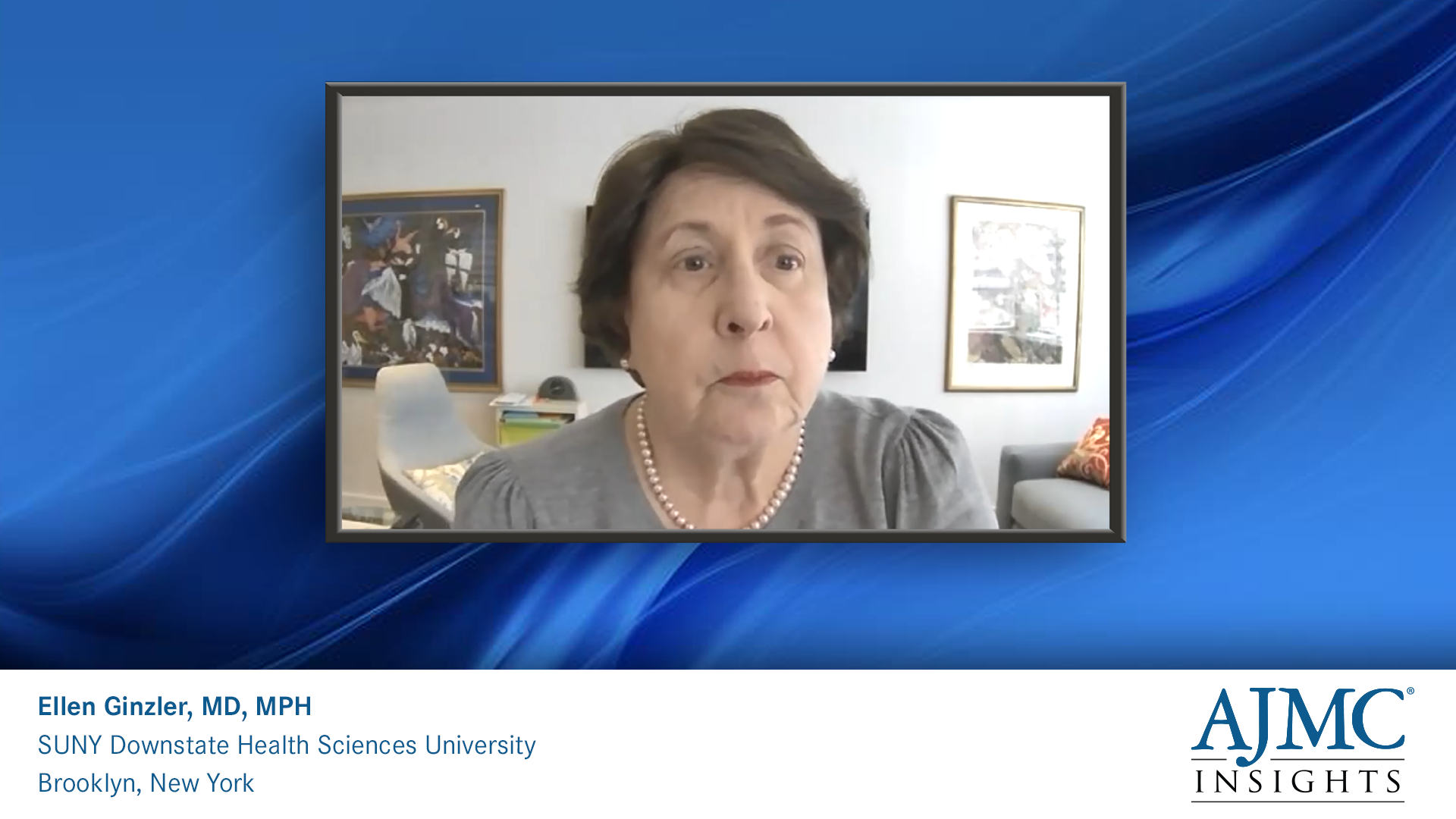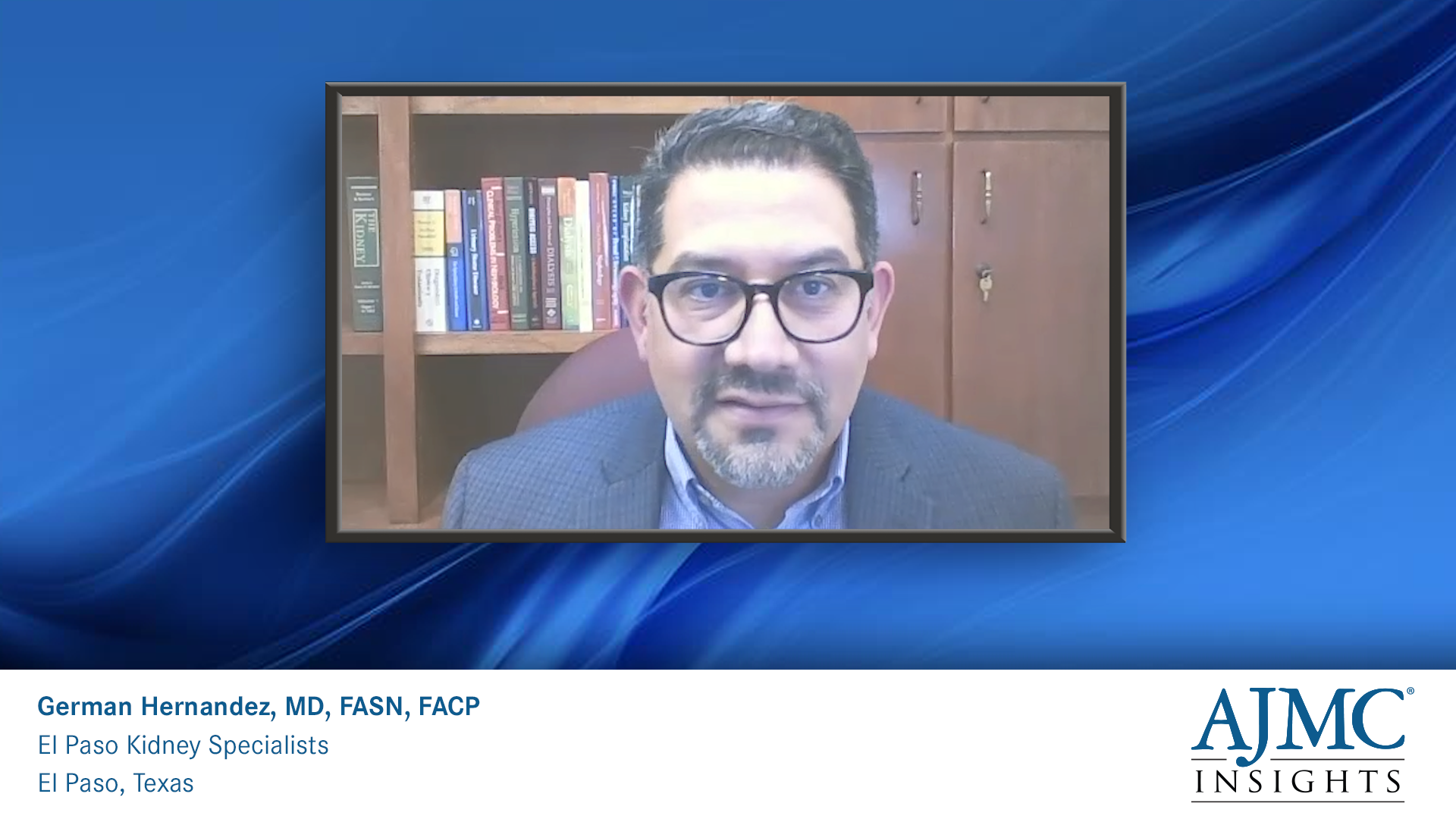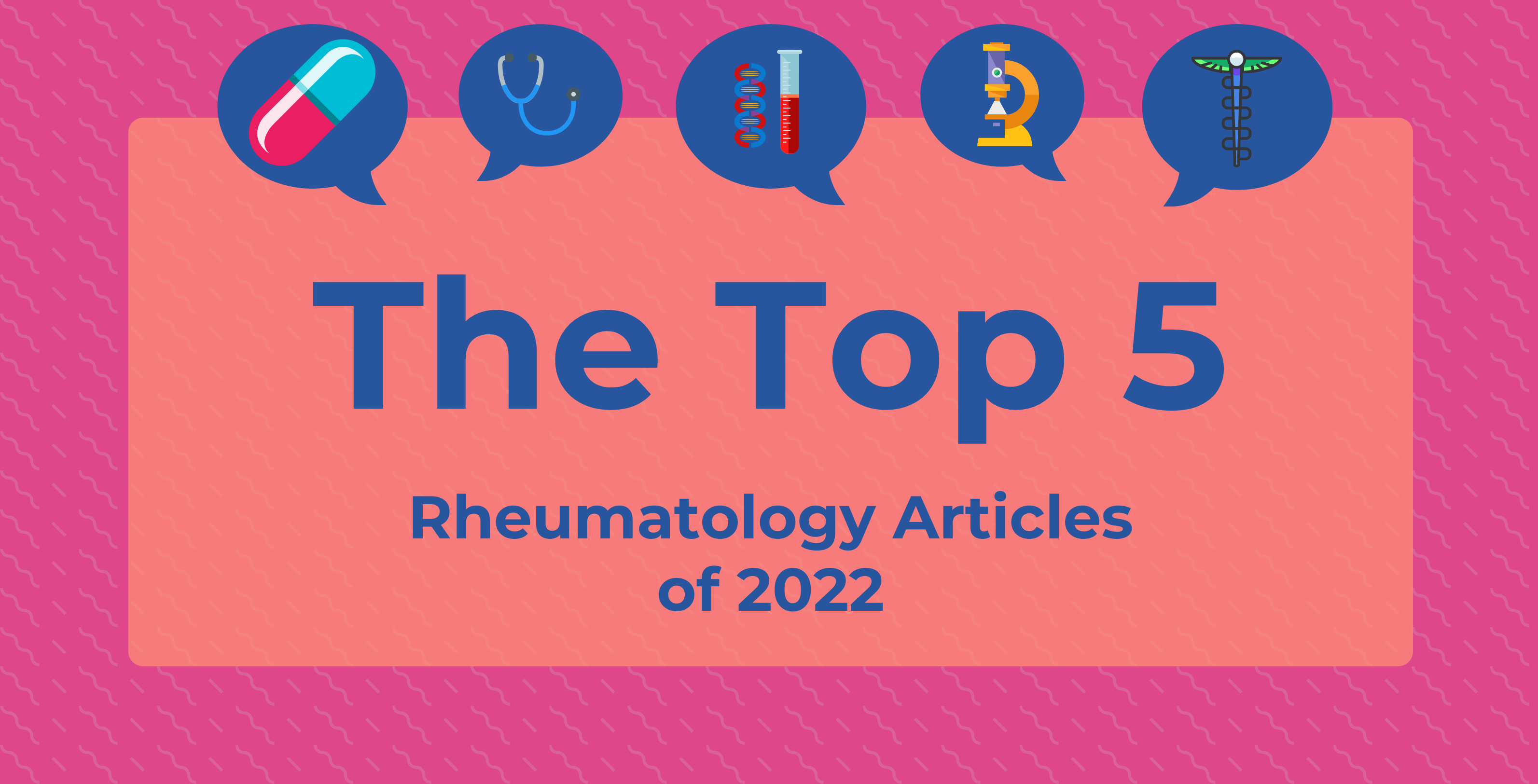Article
Alternative Therapies Possible for Refractory Systematic Onset JIA, Review Says
Author(s):
About 1 in 7 people with systematic onset juvenile idiopathic arthritis (SJIA) will not respond to interleukin-1 or interleukin-6 inhibitors.
Though targeted therapies have advanced the treatment of systemic onset juvenile idiopathic arthritis (SJIA), a significant number of people with the rare disease are refractory to the new treatments.
In a new review article in the Annals of Medicine, investigators outlined the challenges associated with these cases and suggested alternative treatment strategies.
Corresponding author Susan Shenoi, MD, MS, of Seattle Children’s Hospital, and colleagues, said what makes SJIA stand out from other forms of juvenile idiopathic arthritis is that it has features of autoinflammatory disease.
“This has led to a paradigm shift in the treatment of patients, specifically due to the recognition of two critical cytokines in disease pathophysiology,” Shenoi and colleagues wrote.
New therapies targeting those 2 cytokines—interleukin-1 (IL-1) and interleukin-6 (IL-6)—have led to significant improvement in many patients, and have therefore become the recommended first-line therapy.
Still, the new therapies do not work for everyone. Roughly 1 in 7 patients will be refractory to therapy. While there is not yet an agreed-upon definition for refractory SJIA, Shenoi and colleagues proposed two scenarios they say should constitute refractory disease. Those include patients who have active systemic or arthritic features following anti-IL-1 and/or anti-IL-6 therapy, or cases in which glucocorticoids are still required for disease control beyond 6 months.
“If a patient does have an adequate response to one of the previously mentioned cytokine inhibitors (IL-1 or IL-6 inhibitor) the other should be used,” Shenoi and colleagues said. “Refractory SJIA should only be determined after inadequate responses of both IL-1 and IL-6 blockade (though not necessarily simultaneous use).”
Patients who fit the definition for refractory SJIA can be treated with additional disease modifying anti-rheumatic drugs (DMARDs). Those include conventional systemic DMARDs such as thalidomide and cyclosporine, among others.
Biologic DMARD options include tumor necrosis factor-alpha inhibitors.
“In general TNF-α inhibitors are less effective for the systemic features of the disease but may help with arthritic features of SJIA,” the authors said.
Rituximab (Rituxan) and abatacept (Orencia) are other biologics that can be used for refractory patients, they said.
Finally, Shenoi and colleagues said patients refractory to IL-1 and IL-6 inhibitors can also be treated with targeted synthetic DMARDs like Janus kinase inhibitors or other immunomodulatory inhibitors.
However, the investigators added that some patients will have severe complications, such as macrophage activation syndrome (MAS) and interstitial lung disease (ILD), which can be life-threatening.
For MAS, treatment options include emapalumab (Gamifant), a monoclonal antibody that binds interferon-γ, and anti-thymocyte globulin. For ILD, mycophenolate mofetil (CellCept), cyclosporine, and Janus kinase inhibitors may be suitable options.
Shenoi and colleagues said patients with ILD pose a significant new challenge, as patients who develop severe lung disease have a mortality rate of 60%. This complication remains an active area of research, they said.
Looking forward, the investigators said it is likely that new therapies will be added to the armamentarium for SJIA, which may help better treat patients with refractory disease.
“There may be opportunities for personalized medicine based on individualized patient phenotype, dysregulated immune pathways, and genetics,” they said. “Translational and clinical studies will hopefully continue to lead to effective treatment discoveries to reduce the number of patients with refractory disease and to improve patient outcomes.”
Reference
Ambler WG, Nanda K, Onel KB, Shenoi S. Refractory systemic onset juvenile idiopathic arthritis: current challenges and future perspectives. Ann Med. 2022;54(1):1839-1850. doi:10.1080/07853890.2022.2095431










